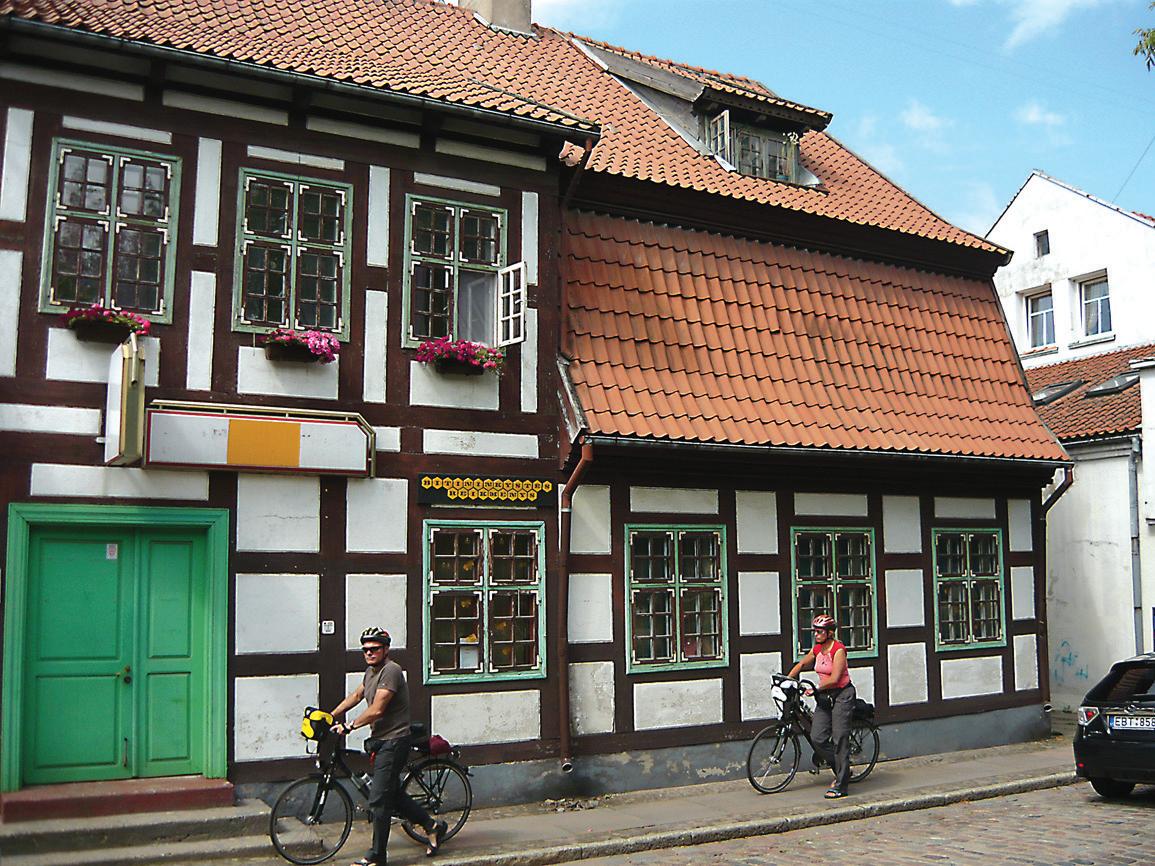
2 minute read
Landscapes of
from 2010-02 Sydney (1)
by Indian Link
By THOMAS E KING
During the impressionable years of childhood I listened to fanciful tales of damsels in towering castles and knights in shining armour. The stimulating stories further embellished with witches and wizards were inspirations for many a whimsical dream and even the occasional nightmare! Even though bedtime readings ended long ago those nearly forgotten tales of mythical times and magical characters surged through my mind’s eye when I saw a fairy talelike castle mirrored in a glassy lake in central Lithuania.
Lake Galvė as I could see from a tree shaded vantage point is dotted with islands. Only one isle, however, has an important link to the nation’s early history. The monarch of the medieval Grand Duchy of Lithuania, Gediminas is credited with building an islandcrested castle from red bricks and establishing his capital in Trakai in the 1320s.
Throughout February the lake is frozen with skaters carving lazy figure eights into the ice which now surrounds the snow-dusted fortress. During the long and warm summer months, however, paddleboats can be hired for self propelled journeys around much of the carefully rebuilt Island Castle. July is a particularly enticing month for many visitors with the sounds of booming bands and mock medieval battles reverberating throughout the tiny town during the Trakai Festival.
Trakai, 28 km west of Vilnius and the most popular daytrip from the Lithuanian capital, has memorable lake views. Farther to the west, Kaunas, in contrast, is bisected by the 900 km long Nemunas River which flows through the city and then continues on to the Baltic Sea. The wide waterway was particularly advantageous for the citizenry of Kaunas as the country’s now second largest city was a prosperous trade town in the 15th and 16th centuries.
Kaunas has a compact Old Town lined with beautifully restored German merchants’ homes from that period. In the centre of the Old Town Square I was surprised to see several decorated stretch limousines parked under century old trees. With champagne glasses in hand, couples in bright wedding clothes waited to exchange vows in the former town hall after which they would walk a few blocks to the river bank for photos. I watched one bridal procession celebrate by the water and then headed off to the Baltic port of Klaipėda.
Like other centres I visited, Lithuania’s third largest city also reveals a mix of today and yesterday. I thoroughly engaged with the latter during a walking tour of a fascinating city that was part of the German Empire until WW I. Heavily bombed during the following global conflict, Klaipėda’s Old Town was the first in the country to be reconstructed after WW II.
One of the more unusual things I saw in Lithuania’s oldest city – its foundations date to 757 AD – was a courtyard where several mid 18th century buildings had been constructed in a rare German folk art style. Once used as warehouses, the buildings are now part of a cultural enclave where traditional crafts are taught and visitors can enjoy the atypical architecture before setting off to other places of interest in this small country.
South of this port city are the wildlife inhabited pine forests of the UNESCO listed Curonian Spit. The 98 km long tongue of sand between the Baltic Sea and the Curonian Lagoon has been called the Sahara of Lithuania










